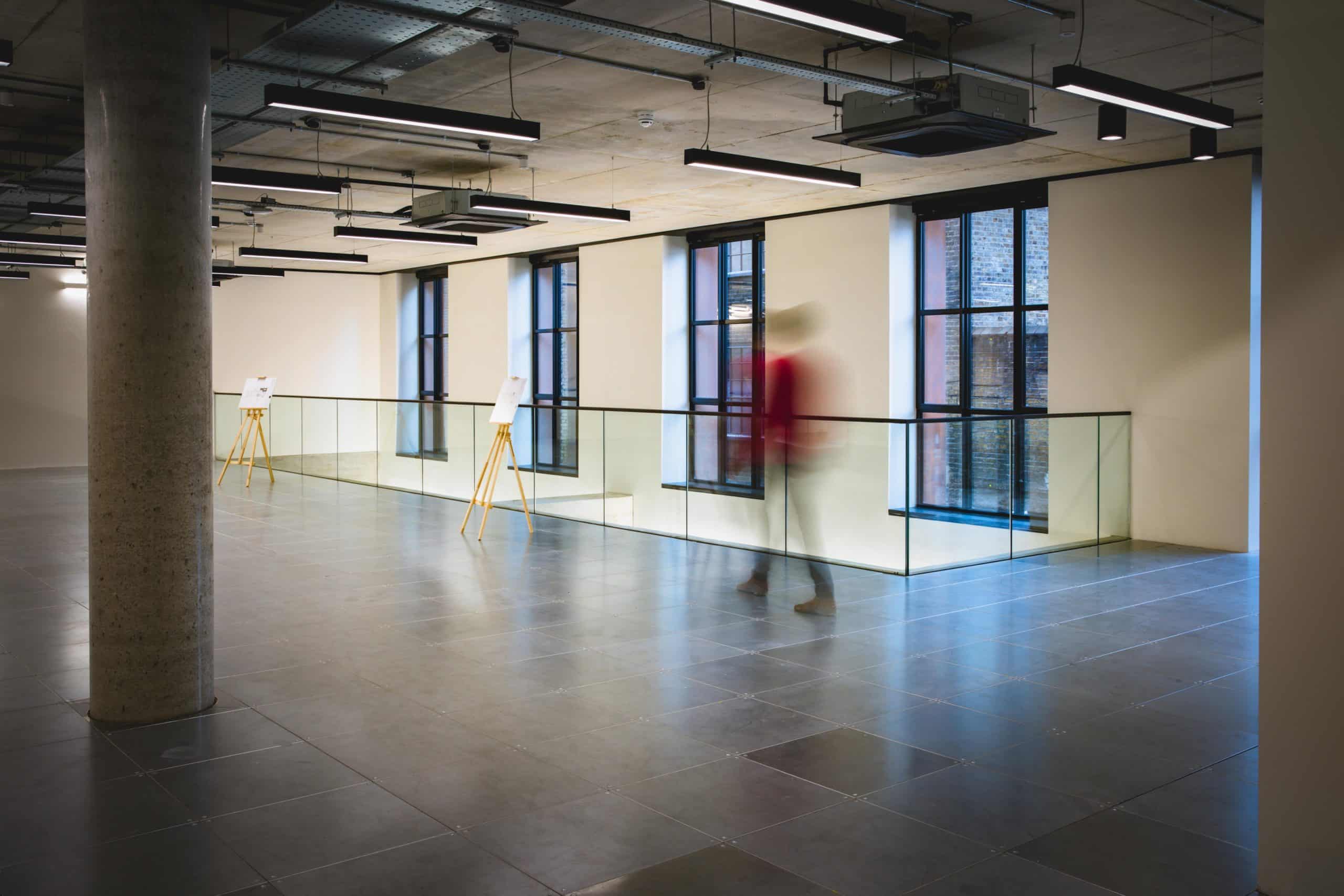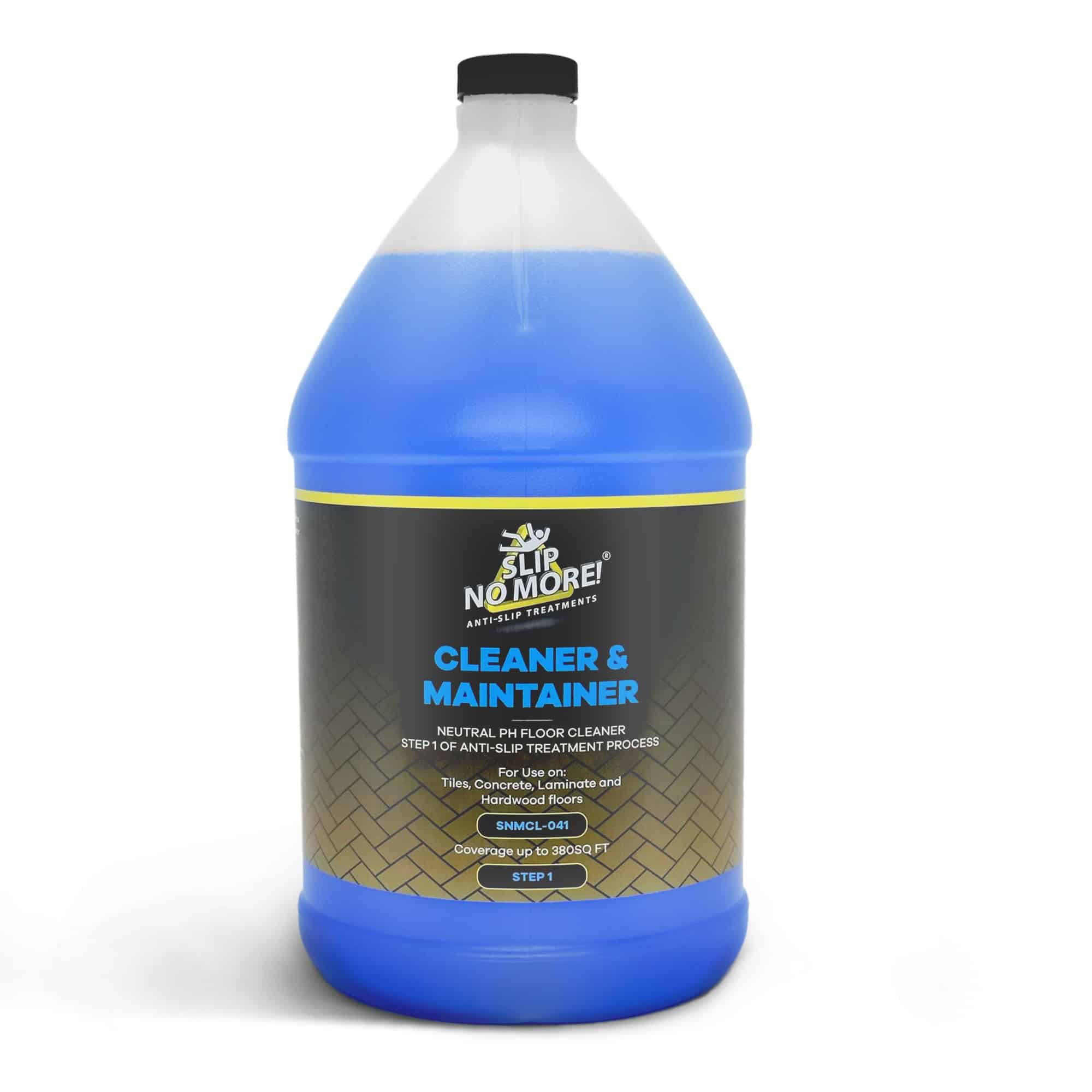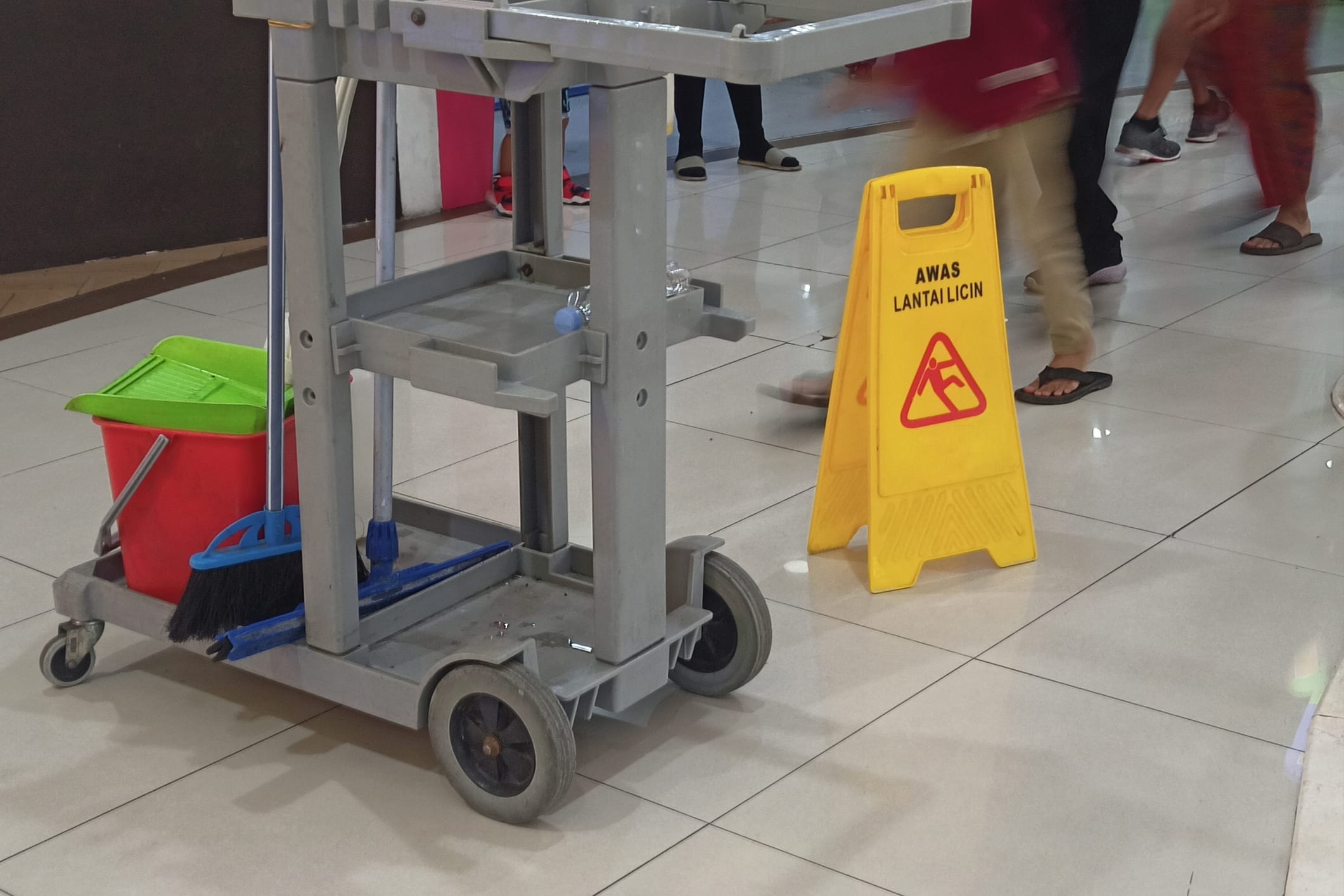In today’s fast-paced workplace, safety is a top priority. To ensure the well-being of employees and prevent accidents, companies are turning to safety floor markings as a practical solution. These simple yet impactful markings provide clear and visual guidance, helping to enhance workplace safety.
Whether marking the boundaries of walking areas, indicating hazardous zones, or guiding traffic flow, floor markings are crucial in maintaining a safe environment. However, implementing effective floor markings requires careful planning and execution.
This article will explore expert tips and best practices for enhancing workplace safety through floor markings. From choosing the right colors and materials to understanding industry regulations and standards, we will cover everything you need. By incorporating these tips and best practices, you can create a safer and more efficient workspace for your employees.
Join us as we dive deep into the world of floor markings and unlock the secrets to maximizing workplace safety. Get ready to transform your workplace into a hazard-free zone!
The importance of workplace safety
Workplace safety is critical for employees’ well-being and a company’s overall success. Accidents lead to injuries and can result in costly legal battles and damaged reputations. Therefore, creating a safe work environment should be a top priority for businesses of all sizes and industries. One effective way to enhance workplace safety is using floor markings.
What are safety floor markings?
Safety floor markings are visual cues placed on the floor to communicate important information to employees and visitors. They come in various forms, including lines, shapes, text, and symbols. These markings serve multiple purposes, such as indicating walking paths, highlighting hazardous areas, and guiding traffic flow. By providing clear and visible instructions, floor markings help prevent accidents and promote a safer work environment.
Floor markings can be made using different materials, including paint, tape, and decals. Each material has its advantages and considerations, depending on factors such as durability, ease of installation, and maintenance requirements. When choosing the suitable material for your floor markings, it’s essential to consider your workplace’s specific needs and conditions.
Benefits of using floor markings for workplace safety
Implementing safety floor markings in the workplace offers numerous benefits for employers and employees. Firstly, they provide a visual reminder of safety protocols and help reinforce a safety culture. By clearly delineating walking paths and hazardous areas, floor markings reduce the risk of accidents and improve overall safety awareness.
Safety floor markings also enhance efficiency and productivity. Marked pathways and designated storage areas help streamline workflows and minimize the time wasted searching for tools, equipment, or materials. Additionally, organized traffic flow reduces the chances of collisions and congestion, leading to smoother operations and optimized productivity.
Another significant advantage of floor markings is their ability to help companies comply with regulatory requirements. Organizations must adhere to Occupational Safety and Health Administration (OSHA) regulations, including floor marking guidelines. Businesses can ensure compliance and avoid penalties or fines by implementing proper floor markings.
OSHA regulations and compliance
Regarding workplace safety, OSHA regulations are crucial in setting guidelines and standards. OSHA provides detailed floor marking guidelines, including color codes and placement requirements. Familiarizing yourself with these regulations ensures compliance and creates a safe working environment.
OSHA specifies specific floor marking colors, each representing a different hazard or safety measure. For example, yellow is commonly used for caution and warning signs, while red signifies fire protection equipment or emergency stop controls. Following these color codes ensures that your safety floor markings effectively convey the intended safety messages.
In addition to color codes, OSHA also provides guidelines for the placement and size of floor markings. For example, markings should be placed where hazards are present, such as around machinery or near electrical panels. They should also be large enough to be easily visible and legible from a distance. Understanding and implementing these guidelines is crucial for maintaining a safe and compliant workplace.
Types of floor markings for different safety purposes
Floor safety markings serve various safety purposes, and other types of markings are used for specific applications. Understanding the different floor marking types can help you choose the right ones for your workplace.
1. Pathway Markings: Pathway markings designate safe walking paths for employees and visitors. They help prevent trips, slips, and falls by clearly indicating where foot traffic should flow. These markings are significant in areas with high pedestrian activity, such as hallways, corridors, and stairs.
2. Hazard Markings: Hazard markings highlight potential dangers or hazardous areas. They serve as a visual warning to employees, reminding them to exercise caution and follow safety protocols. Hazard markings are commonly used around machinery, electrical panels, and areas with the risk of chemical exposure.
3. Traffic Flow Markings: Traffic flow markings are used to guide the movement of vehicles within the workplace. They help prevent collisions and ensure a smooth flow of traffic. These markings are significant in warehouses, loading docks, and parking areas.
4. Storage Area Markings: Markings designate specific areas for storing materials, equipment, or products. By clearly marking these areas, employees can quickly locate and access what they need, reducing the risk of accidents and improving efficiency.
Best practices for implementing floor markings in the workplace
Implementing floor markings requires careful planning and execution to ensure their effectiveness and longevity. Here are some best practices to consider when implementing floor markings in your workplace:
1. Conduct a Safety Audit: Conduct a thorough safety audit of your workplace before installing floor markings. Identify potential hazards and areas that require clear markings. This will help you determine the types and locations of floor markings needed.
2. Involve Employees: Involve employees in the planning process. Seek their input on potential hazards and areas that need improvement. By involving employees, you can gain valuable insights and ensure that the floor markings address their safety concerns.
3. Use Clear and Consistent Symbols: Use clear and universally recognized symbols when designing floor markings. This helps ensure that the messages conveyed by the markings are easily understood by employees and visitors, regardless of language or cultural differences.
4. Regularly Inspect and Maintain: Regularly inspect the condition of floor markings and ensure they are well-maintained. Over time, markings may fade or become damaged, reducing their effectiveness. Replace worn-out markings promptly to maintain a safe work environment.
5. Provide Employee Training: Train employees on the meaning and importance of different floor markings. Ensure they understand the significance of following the markings and how they contribute to workplace safety. Regularly reinforce these training sessions to keep safety in mind.
Tips for selecting the right floor marking products
Selecting the right floor marking products is crucial for their effectiveness and durability. Consider the following tips when choosing floor marking products:
1. Choose High-Quality Materials: Opt for high-quality floor marking materials that are durable and long-lasting. This ensures the markings withstand heavy traffic, cleaning processes, and environmental conditions.
2. Consider Safety Standards: Ensure that your floor marking products meet relevant safety standards and regulations. Look for products that are OSHA-compliant and have undergone testing and certification.
3. Evaluate Application Methods: Consider the ease of application when selecting floor marking products. Determine if the products require professional installation or if your team can easily apply them. This helps streamline the implementation process.
4. Assess Maintenance Requirements: Consider the maintenance requirements of the floor marking products. Some materials require regular touch-ups or replacement, while others require minimal maintenance. Choose products that align with your maintenance capabilities and resources.
Maintaining and updating floor markings
Maintaining and updating floor markings is essential to ensure their ongoing effectiveness in promoting workplace safety. Here are some tips for maintaining and updating floor markings:
1. Regular Inspections: Schedule regular inspections to check the condition of floor markings. Look for signs of wear, fading, or damage. Address any issues promptly by repairing or replacing the affected markings.
2. Clean Regularly: Keep floor markings clean to maintain their visibility. Regularly clean the markings using appropriate cleaning methods and products. Avoid using abrasive materials that may damage the markings.
3. Communicate Changes: If there are any changes in safety protocols or floor layouts, communicate them to employees. Update the safety floor markings accordingly to reflect the changes and ensure they continue to provide accurate guidance.
4. Periodic Audits: Conduct periodic audits to assess the effectiveness of the floor markings. Solicit feedback from employees and evaluate if any adjustments or improvements are needed. This ensures that the safety floor markings remain aligned with the evolving needs of your workplace.
Case studies: Successful implementation of floor markings for workplace safety
Real-life case studies can provide valuable insights into successfully implementing safety floor markings for workplace safety. Here are a few examples of companies that have effectively utilized safety floor markings:
1. Company A: Company A, a manufacturing facility, implemented floor safety markings to improve traffic flow and prevent accidents in their warehouse. By clearly marking pedestrian walkways and separating them from vehicle traffic areas, they significantly reduced the risk of collisions and enhanced safety.
2. Company B: Company B, a healthcare facility, used floor markings to create clear boundaries around hazardous areas, such as equipment rooms and sterile environments. By effectively marking these boundaries, they minimized the risk of unauthorized access and ensured compliance with safety protocols.
3. Company C: Company C, a logistics company, implemented floor safety markings in their loading docks and storage areas to optimize efficiency and safety. By clearly marking designated areas for different types of goods and providing traffic flow guidance, they improved operations and reduced the risk of accidents.
These case studies demonstrate how floor markings can enhance workplace safety, regardless of the industry or specific safety requirements.
Conclusion: Creating a safer work environment with floor markings
Floor markings are powerful tools for enhancing workplace safety. By implementing expert tips and best practices. Businesses can create a safer and more efficient workspace for their employees. From understanding OSHA regulations to selecting suitable materials and maintaining the markings, every step is crucial in maximizing the effectiveness of safety floor markings.
Create a hazard-free workplace by utilizing the benefits of floor markings. Investing in a comprehensive floor marking strategy can significantly reduce the risk of accidents, improve employee well-being, and ensure compliance with safety regulations. Transform your workplace into a safer and more productive environment by harnessing the power of floor markings today!
In conclusion, floor markings are an essential component of workplace safety. By carefully planning and implementing floor markings, businesses can enhance safety, improve efficiency, and create a safety culture among employees. Remember to adhere to OSHA regulations, select the appropriate materials, and regularly maintain and update the markings. By following these expert tips and best practices, you can create a safer work environment and protect the well-being of your employees. So, start exploring the floor safety marking world and unlock the secrets to maximizing workplace safety today!
About Slip No More
With more than 15 years of experience in the slip-prevention industry, our products are developed to solve the problem of slippery floors in all areas. Over the years, we have explored so many different ways to increase floor safety, and we have discovered that a truly effective way is by using safety floor markings.
Why not follow our Facebook, Instagram, Twitter, or YouTube accounts for funny videos, informative posts, and general floor safety information? We also have loads of great reviews from our customers on Trustpilot. If you found this article helpful, take a look at our related articles:





